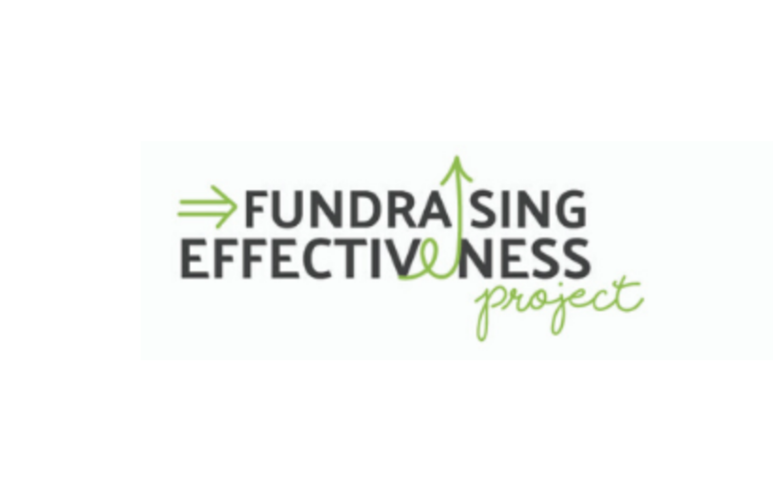New data from the Fundraising Effectiveness Project show that charities continue to hemorrhage donors even though there is projected to be 4.7% increase in revenue for the first three quarters of 2022 compared to the similar period of 2021.
As of right now, however, revenue is posting a 1.8% decline.
Donors who gave at least $5,000 made up 65% of donations even though the total number of donors is projected to have declined 7.1% The estimates are based on a pool of dollars — 11.2 million donors who gave $6.1 billion to 8,800 organizations.
The Fundraising Effectiveness Project, established in 2006, and the Growth in Giving database, created in 2012, are both administered jointly by the Association of Fundraising Professionals and GivingTuesday. The data is from databases housed with constituent relationship management systems (CRM) at Bloomerang, DonorPerfect, Keela, and Neon One.
Organizations that raise more than $25 million are not included in the data. There are limitations in the data analysis, including what is called “data drift.” The data panel is limited to organizations with three or more years of results and $5,000 to $25 million raised during the prior year. “Throughout this report, ranges for each metric express uncertainty in the estimates,” the report authors wrote.
Speaking on background, people involved with data collection and analysis said that donor retention rate for this report shows is at 29.3% but is expected to be 44% when the year is complete. And a significant number of organizations (10.4%) have not reported data yet compared to previous years, even though the data is from CRM systems.
“Donors appear to be down 11.6%, when we take the data at face value. But after adjusting for delays in data reporting (‘data drift’), we estimate the actual decrease is 7.1%,” according to the authors.
The data show that 74.4% of the revenue reported was raised in amounts of at least $5,000. Revenue from major donors ($5,000 to $50,000) declined 1.4% and gifts from supersize donors ($50,000 and greater) declined 0.4%. The largest percentage decline was the smallest donors, those who gave $100 or less. That revenue was down 13.2%. While all of the silos are reported down, the projection is that there will be increases in some of them when all of the numbers are in.
Giving to religion is up 4.9%, according to the data, the largest jump in the nine categories tracked. International/foreign affairs did the worst with a drop of 20.2%. Human services, which makes up 29.8% of the giving, declined by 3.9%.
The largest organizations are projected to be the best performers, with nonprofits that raised at least $1 million bringing in 77.5% of all revenue.
Ben Miller, senior vice president of data science and analytics at Bonterra and chair of the Fundraising Effectiveness Project, cited several studies that show a widening gap between income silos in the nation. The more affluent tend to give from assets, not cash on hand, whereas small-level donors tend to give from available cash, which is tight right now.
There are more ways for smaller gifts to be made that won’t necessarily end up in the CRM system which would skew the giving numbers. Checkout line donations at retailers and donations during face-to-face encounters are two examples of such giving. “There are so many ways to give these days that I wonder if we are seeing the true picture of donors,” Miller said.
There have also been changes in the upload times of participating organizations and that some organizations are using multiple accounting systems, which might account for some of the data declines, Miller said.
Woodrow Rosenbaum, chief data officer of GivingTuesday and president and CEO of With Intent, explained that in some cases the report has raw numbers but in other areas modeling was done to make comparisons. He said that there were many organizations that dropped out of the data set. “There’s always some degree of churn,” he said. That could be caused by a change in CRM systems, organizations closing, or a change in how the data is put into the system at the organizational level.
Rosenbaum said that the drop-off was seen across all of the databases and not unique to one CRM system. The drop in revenue, he said, might also be from large operational grants that were received during the height of the COVID pandemic which were not renewed.
In addition, the difference between the median change and mean change within the five categories of organizations based on size suggests that within each category there was a distinct set of organizations that outperformed others, with a small subset of organizations driving growth.
“The challenge as I see it is to understand what separates high-performing organizations from those that struggled in this data,” comments Lori Gusdorf, CAE, executive vice president of the AFP Foundation for Philanthropy. “What did they do that differentiated them from those that saw significant declines in giving? With so much volatility in the market this needs to be much more clearly understood.”
Both Miller and Rosenbaum stressed that the basic concept of more money from fewer donors is not sustainable for the sector.
